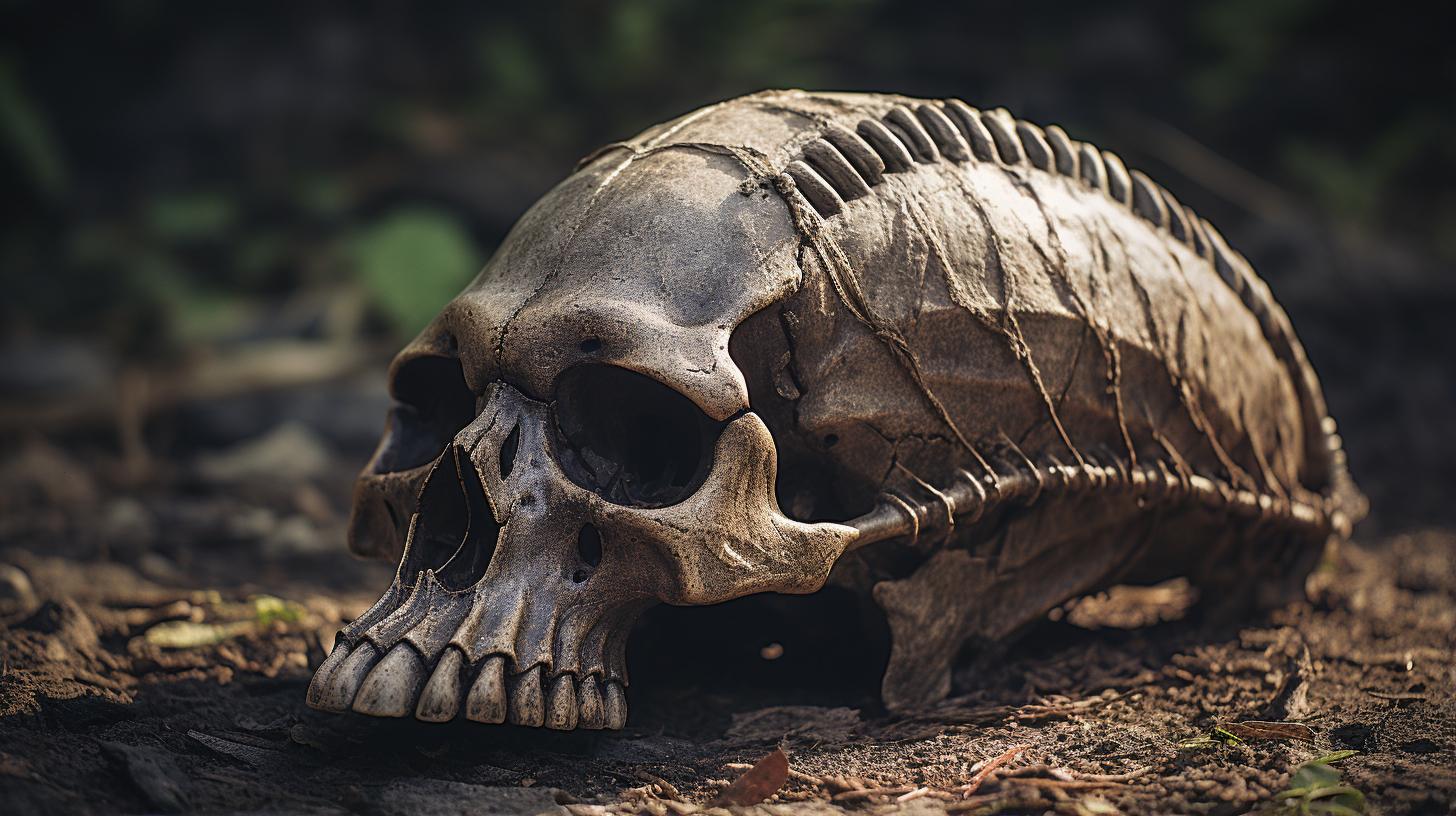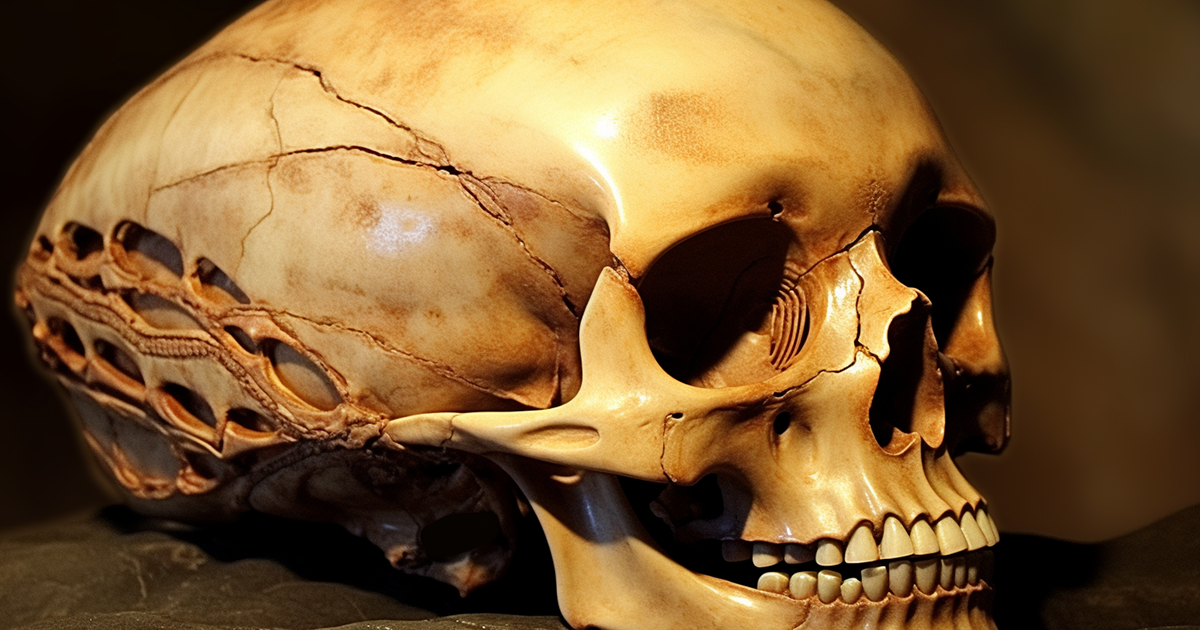Within the archives of archaeology, certain findings have stirred both fascination and bewilderment among experts. This was the case with the unusual skulls discovered in the underground chambers of Paola, Malta, over a century ago in 1907.
The mysterious skulls found in this location have puzzled scientists for many years, giving rise to various hypotheses from traditional head shaping practices to the potential involvement of extraterrestrial entities.
This extraordinary discovery comprises around 7,000 skeletons, with a notable portion featuring elongated skulls. The distinctive backward shape of these elongated skulls has ignited intense debates among professionals in the fields of archaeology and anthropology.
The typical rationale for such cranial alterations has often been linked to intentional cranial deformation practices, such as head shaping, observed in diverse ancient cultures globally.
Head shaping entails tightly wrapping the skulls of infants before their bones fully harden, resulting in a distinct elongated structure. Historical records suggest this practice was associated with the adoration of deities depicted with elongated skulls. However, the lingering question pertains to the origins of inspiration for these deities.

Some audacious theorists propose an intriguing concept – suggesting that ancient humans might have encountered beings with naturally elongated skulls, potentially of extraterrestrial origin.
According to this unorthodox viewpoint, our ancestors could have sought to replicate these visitors, leading to the widespread adoption of artificial head shaping practices.
This thought-provoking theory suggests that ancient civilizations worldwide, including those on the Mediterranean island of Malta, might have attempted to imitate beings characterized by elongated skulls. This notion hints at the possibility that our predecessors regarded these beings as divine entities or gods worthy of emulation.
Today, a few of these elongated skulls from the hypogeum of Malta are housed within the protective confines of the National Museum of Archaeology. These skulls have piqued the interest of researchers Giorgio and Erich, who have been granted rare access to the museum’s collections.
While the original skulls are currently inaccessible for examination, the duo is studying an exact replica.
In their investigation, they make a remarkable discovery. One of the replicas is devoid of the sagittal suture, a crucial feature of the skull that normally connects the sides and roof of the cranium.
Typically, this suture is evident at birth and gradually fuses by the age of 35. The absence of this feature in the skulls challenges the conventional explanation of intentional head shaping.
Giorgio and Erich are swift to dismiss the notion that these skulls resulted from head shaping practices. Instead, they propose a more radical idea – suggesting that these skulls could belong to extraterrestrial entities. They argue that the absence of the sagittal suture is a distinctive indicator of a non-human origin.
While their conclusion is bold, it raises intriguing inquiries. Could these elongated skulls signify a genetic trait arising from the interaction between giants and the indigenous human populace? If so, could this genetic modification have given rise to a distinct human lineage in ancient Malta?
Watch the Video:
The enigmas encircling these ancient skulls remain captivating and thought-provoking. While mainstream archaeology may challenge unconventional theories, they serve as a reminder that history often holds unexpected truths. As we delve deeper into our past, the revelations we uncover may surpass our wildest imaginations.
